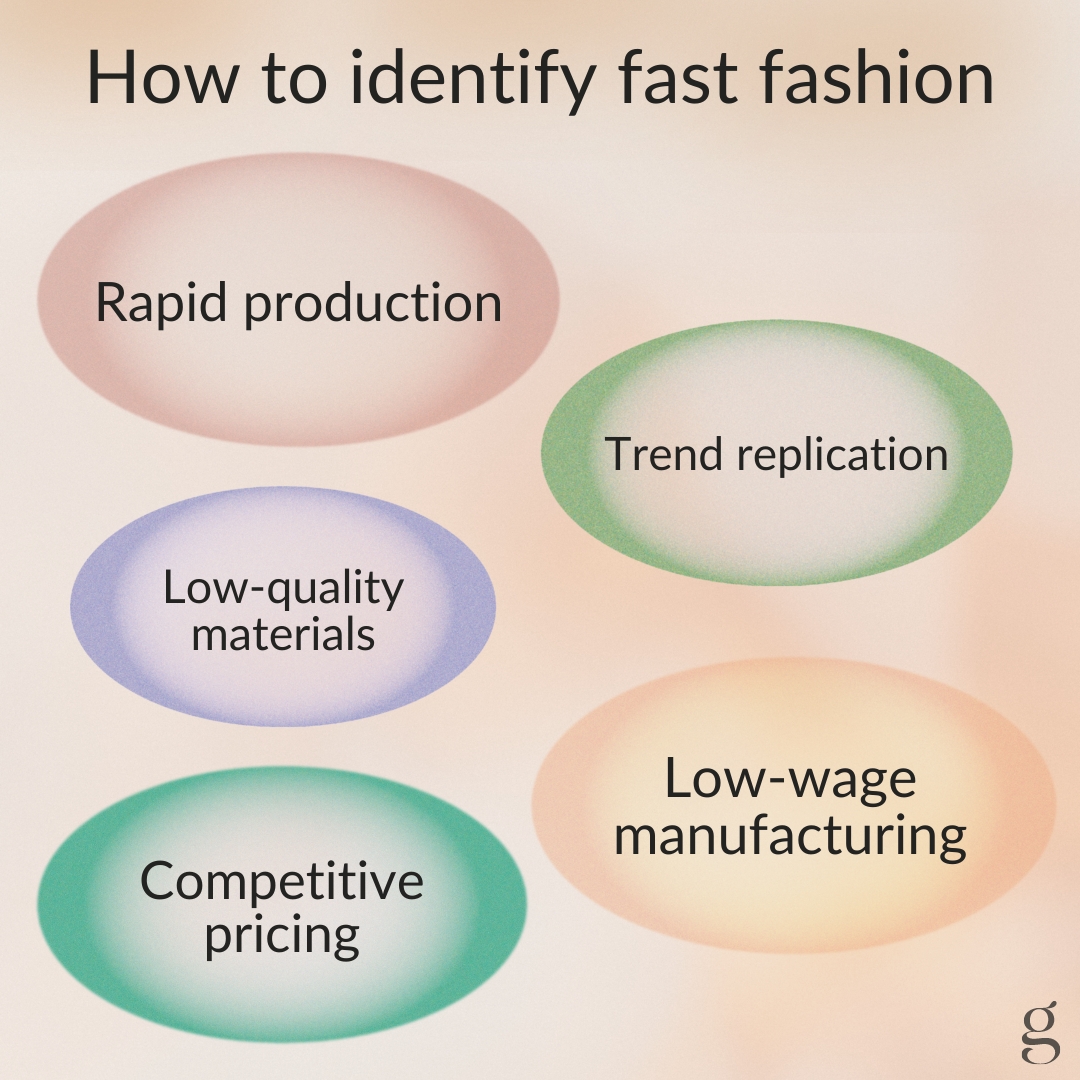:max_bytes(150000):strip_icc()/fast-fashion-6d4aa773355b42c69c545bef9c9747a1.jpg)
Fast Fashion Impact
Source: Investopedia
Fast fashion is a retailing phenomenon that allows consumers to rapidly acquire the latest trends at a low cost. This concept has dramatically reshaped the clothing industry, providing consumers with affordable and timely access to fashion. However, behind the convenience of fast fashion lies a plethora of environmental, social, and economic implications.
The term “fast fashion” refers to the quick production of cheap clothing, driven by the desire of retailers to keep up with rapidly changing trends. This model allows retailers to introduce new items at an unprecedented rate, often resulting in clothes being discarded after only a few wears. The ultimate goal is to entice consumers to purchase more and more, leading to a culture of disposability in fashion.
According to a report from GreenMatch, fast fashion is the second largest polluter in the world, only after the oil industry. Its environmental impact is staggering; the production of clothing contributes significantly to waste, greenhouse gas emissions, and water pollution. In fact, it takes about 2,700 liters of water to produce just one cotton shirt, which is equivalent to the amount of water one person drinks over two and a half years. This overwhelming consumption of resources raises concerns about sustainability in the fashion industry.

Definition of Fast Fashion
Source: Commonwealth Human Ecology Council
In addition to its environmental toll, fast fashion has severe social ramifications. Workers in developing countries face dire conditions, with long hours and minimal pay—often at or below the legal minimum wage. Many garment factories operate with little oversight, allowing exploitative practices to flourish. Reports have highlighted instances where factory workers toil for hours under unsafe conditions, contributing significantly to the human cost associated with fast fashion.
Fast fashion’s reliance on a global supply chain exacerbates these issues. Companies frequently outsource production to countries with lax labor regulations, which allows them to produce cheaper garments at the expense of ethical practices. As consumers, it is crucial to recognize the implications of the purchases we make.

Fast Fashion vs Slow Fashion
Source: GreenMatch
The push from consumers for faster and cheaper clothing has entangled the fashion industry in a vicious cycle. This cycle encourages constant consumption, with shoppers feeling pressure to keep up with continuously changing styles. A staggering statistic reveals that the average consumer now buys 60% more clothing than in 2000, yet keeps each item only half as long. This statistic highlights the short lifecycle of fast fashion – a cyclical production and consumption model that is not sustainable.
However, there are growing movements advocating for change. The rise of sustainable fashion is an encouraging trend, promoting ethical production practices and eco-friendly materials. The comparison between fast fashion and sustainable models sheds light on viable alternatives that can preserve the environment while respecting labor rights.

Fast Fashion Infographic
Source: The Good Trade
Consumers are encouraged to shift toward a more sustainable wardrobe by selecting quality over quantity. This approach emphasizes the importance of choosing timeless pieces that can be worn multiple times for years rather than fleeting trends that may only be worn a few times before being tossed aside. Moreover, several brands are now adopting practices focused on sustainability, such as using recycled materials and ensuring ethical labor practices.
A comprehensive understanding of fast fashion encompasses its environmental impact, social injustice, and evolving consumer behavior. By raising awareness of the true costs associated with this retailing model, consumers have the power to change the industry. Embracing a collective shift toward sustainable fashion could pave the way for a more ethical and environmentally friendly future in clothing production.